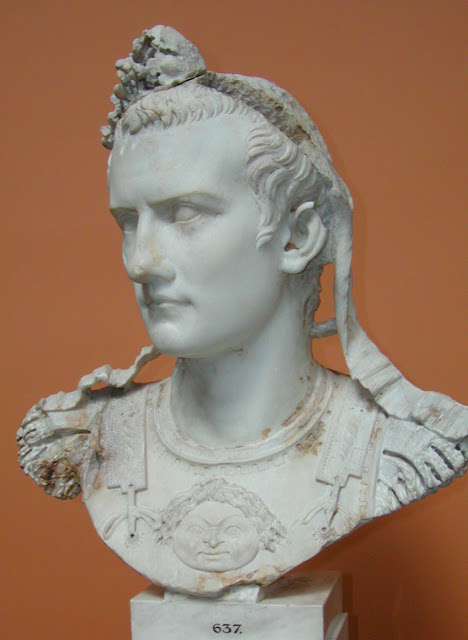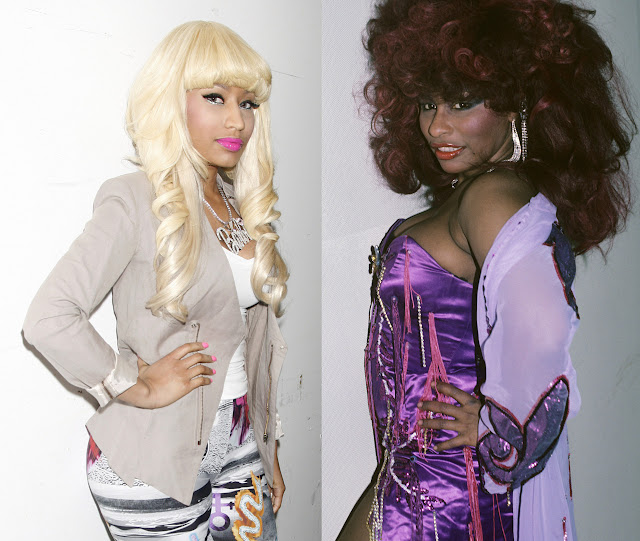 |
| a rainbow of toon diversity... notably minus the color brown |
Now that I’m an adult, I can look back on Tiny Toon Adventures and scratch my head at the fact that anyone ever decided Looney Tunes wasn’t kid-friendly enough and therefore needed to be reconfigured into a “new generation.” But that’s what Warner Bros. did, and damned if eight-year-old me didn’t eat up that Acme-brand cartoonage. For what it’s worth, the goal of re-creating all the Looney Tunes was achieved: Bugs had his spirit split into Buster and Babs (thereby eliminating the need for cross-dressing), Pepe Le Pew had his sex energies turned on their head with the introduction of the female loveskunk Fifi La Fume, and Elmer Fudd begat Elmyra Duff, a developmentally disabled lass who, like Lennie from Of Mice and Men, loved animals so enthusiastically that she endangered their lives. The show’s unlikely breakout star, Elmyra became popular enough that she nearly got a spinoff focused on her family — Tiny Toon Adventures featured two backdoor pilots for such a series — and that in itself is worth a hearty, declarative “huh.”
To its credit, Tiny Toon Adventures didn’t stop with the main Looney Tunes cast. No, rather unfamous characters got “junior” versions too. The space alien dodo birds from “Porky in Wackyland” got Gogo, the chronically drippy Sniffles got the equally congested Li’l Sneezer, Beaky Buzzard got the grape-colored Concord Condor, and even Cecil Turtle got an analogue in the Tiny Toon Tyrone. Hell, even Shirley the Loon — the valleyspeak-spouting psychic waterfowl who was the subject of one of the first-ever “pop culture minutiae” posts I wrote here — is a bizarre hybrid of the actress Shirley MacLaine and an extremely minor Looney Tunes character, Melissa Duck.
But you know who’s missing, of course: Speedy Gonzales.
It isn’t news to anyone who knows anything about Warner Bros. cartoons that Speedy went M.I.A. for a long period. And while the most know the reasoning — negative stereotypes of Latinos — most don’t understand that it’s not Speedy himself that people were objecting to: It’s the other mice, who lack his energy and craftiness and whose sombreros droop over their eyes all drowsily. Hell, there’s even a mouse named Slowpoke Rodriguez. Somehow, in the effort by Warner Bros. to exhibit racial sensitivity, Speedy Gonzales lost out and all of his shorts were dropped from syndication. It was only in 2011, with Cartoon Network’s The Looney Tunes Show, that Speedy zipped back into the spotlight and interacted once again with Bugs Bunny and Daffy Duck in a way that showed that Warner Bros. wasn’t ashamed of the character. And that’s good. I mean, if we’re talking about depictions of Latinos in pop culture, Speedy is positive. He’s smart and good-natured and as quick-witted as his is fast-footed. Who could argue with that?
Unfortunately, Tiny Toons premiered when Speedy Gonzales was trapped behind a barbed wire fence of censorship, and he only made a single appearance on the show. Here’s how Tiny Toons creator Tom Ruegger explained the lack of any sort of Speedy analogue:
We already had a fast character in Little Beeper [the Roadrunner anaglogue], so having a young Speedy wasn't a high priority. The 50s and 60s Speedy Gonzalez cartoons were already encountering some trouble as far as the character’s ethnicity goes, and we were not about to create any problems for ourselves. A Latino character was certainly viable, but we weren’t in the market to create any ethnic stereotypes, especially potentially negative ones.The thing is, such a character did exist, at least in a very preliminary sense: Lightning Rodriguez.
In the same interview, Ruegger noted that the name was “jotted in as a possibility only,” but today it’s how people refer to this would-have-been. And while he didn’t have a role to speak of in any Tiny Toons episode, he actually appeared in one:
Granted, it’s just for a second and it’s a static image of him and he appears among a scroll of basically every other Tiny Toons character, but he’s there. I know it’s bad form to read authorial intent, but I kind of like thinking about this blink-and-you’ll-miss-it appearance as some artist’s means of rebelling against an embargo that didn’t make any sense. Well, that or his way of giving grown-up nerds something cool to find twenty years after the fact.
That’s it — just an explanation for why one major Looney Tunes character didn’t seem to have a counterpart on Tiny Toons, but why he also actually did, however invisibly.
Things you didn’t know were things, previously:
- Megan Mullally appeared a deleted scene in Blue Velvet
- Bruce Jenner meets The Village People
- Ned Flanders appears in a book by Truman Capote
- Alexis Denisof is featured in the original for George Harrison’s “I’ve Got My Mind Set on You”
- Padma Lakshmi sings — badly — in Glitter
- How Twin Peaks inspired a Legend of Zelda game
























